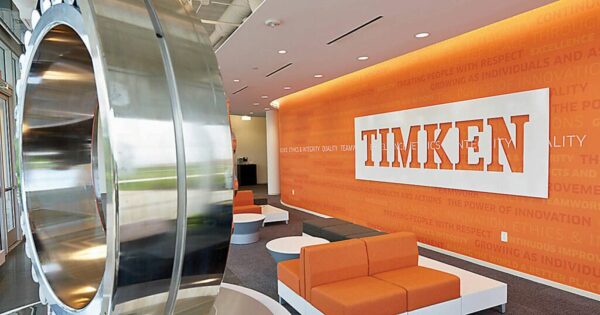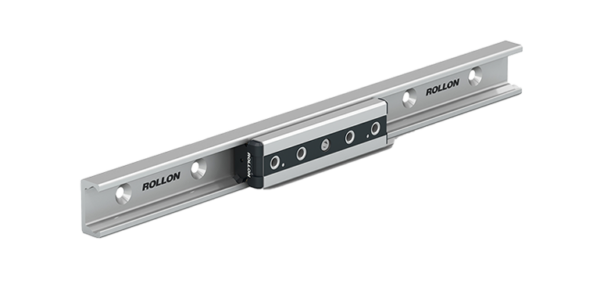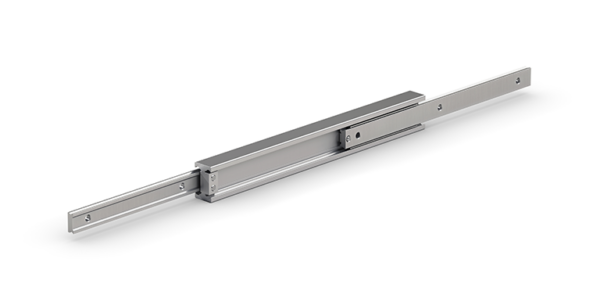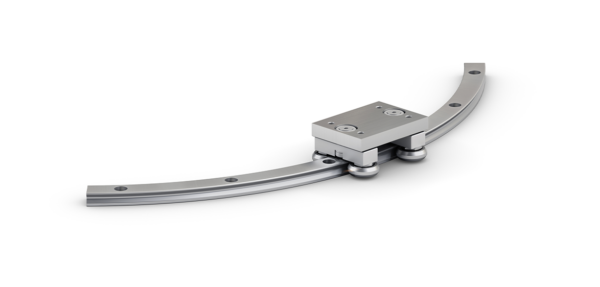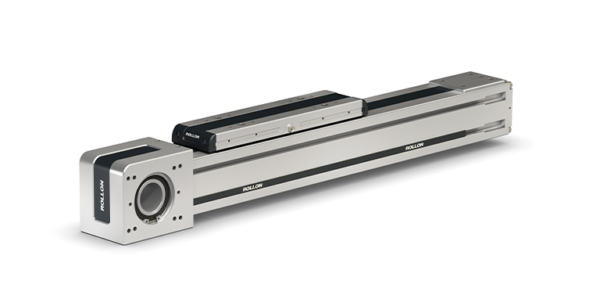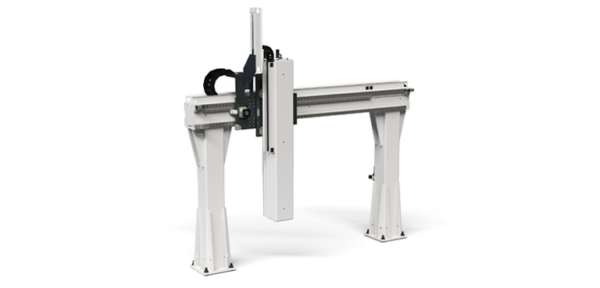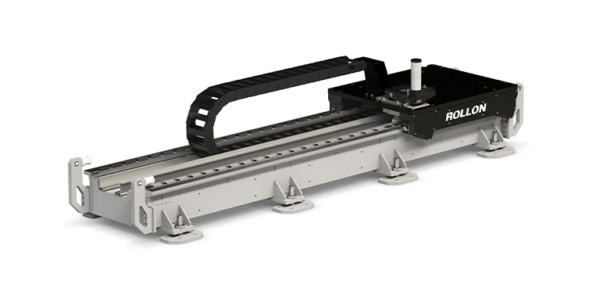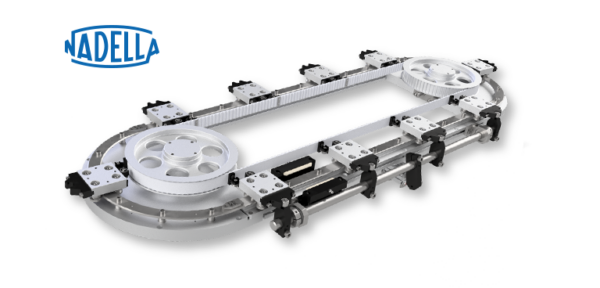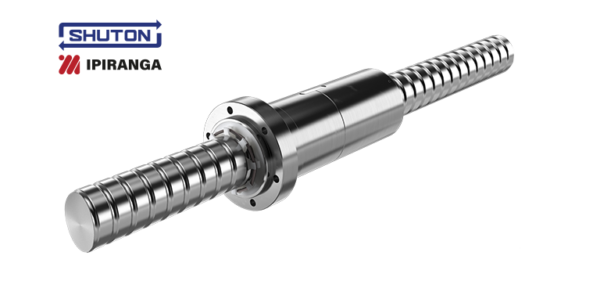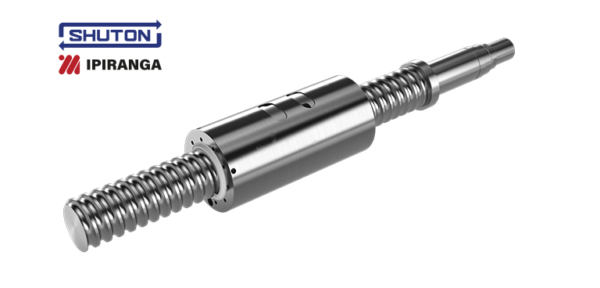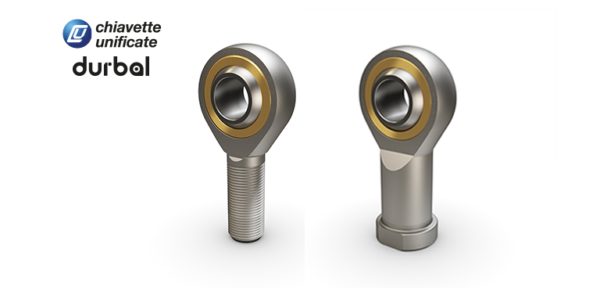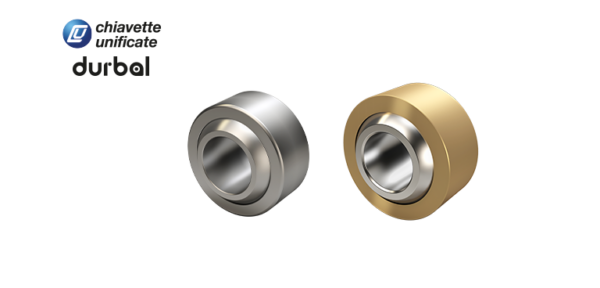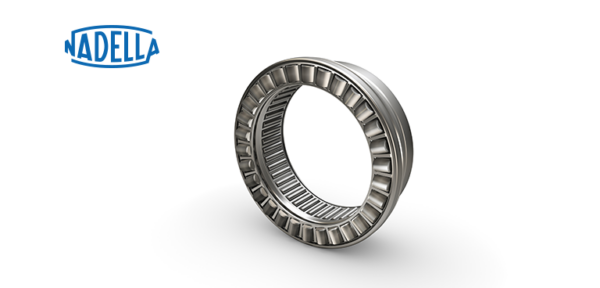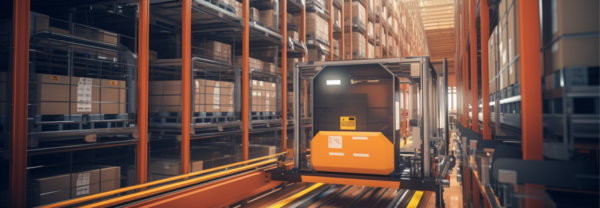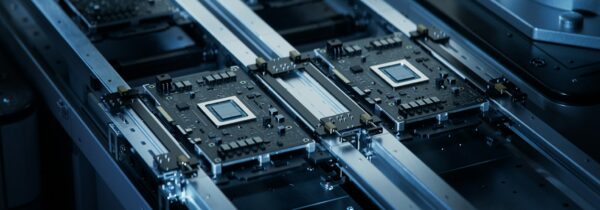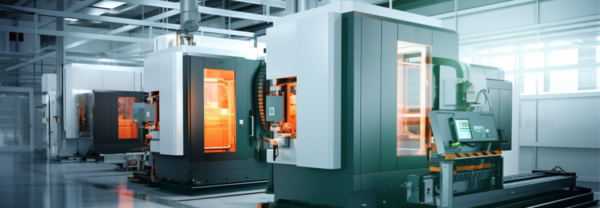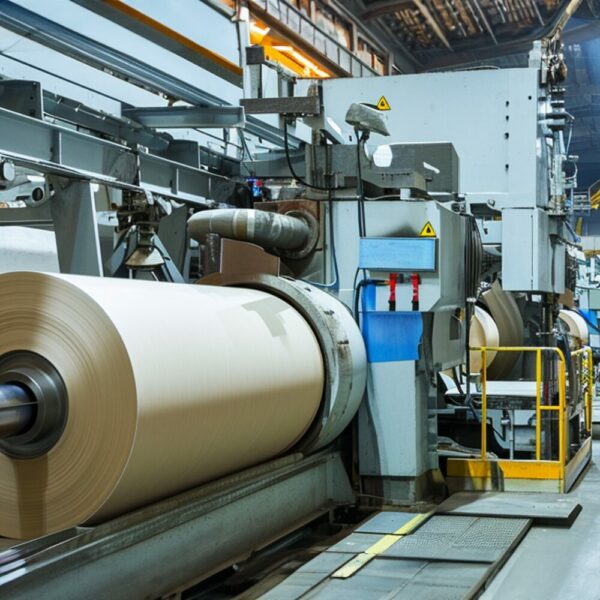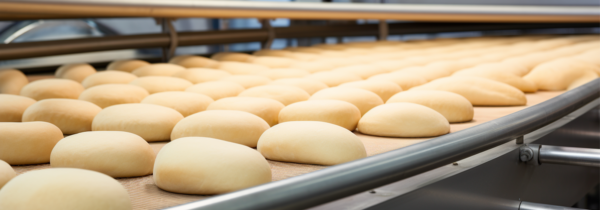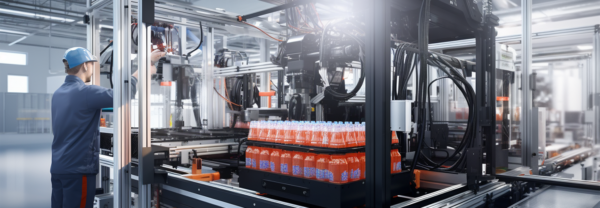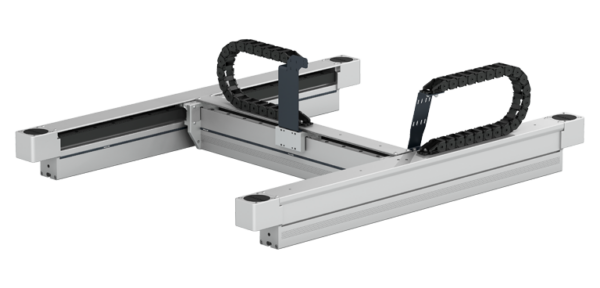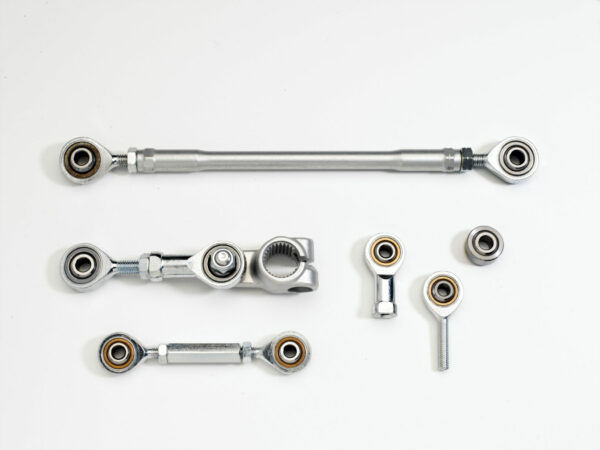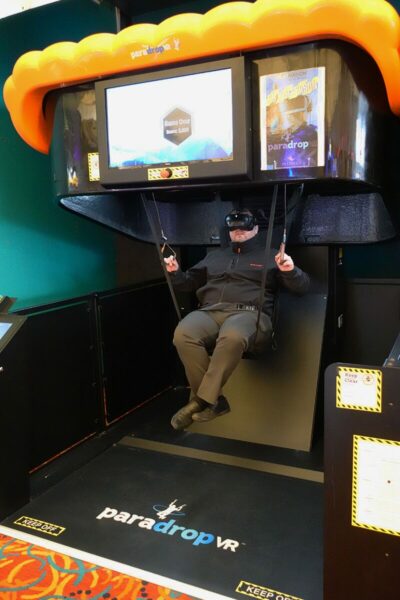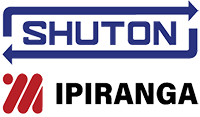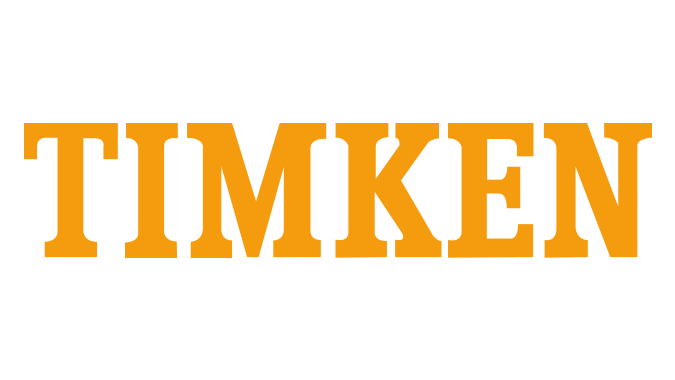Rollon helped AMP Automation – a UK-based company specialising in bespoke automation solutions – to automate the palletizer system of a pet food packaging line for one of the main pet food manufacturers in the UK.
When it comes to System Integration, the job doesn’t stop at the design and delivery of a system, but it goes through to installation and commissioning, while making sure everything remains consistent and reliable. Aftersales support is also key in this line of business.
These are all well-known concepts to AMP, a UK-based company specialising in the design, build and integration of flexible automation solutions, from complete bespoke systems to off the shelf equipment.
“AMP Rose is a family-owned business”, starts Juan Patiño, Technical Sales Manager at AMP Automation. “The company was founded in 1978 and soon specialized in building new machinery, primarily for the confectionery industry. As the company grew, we started introducing more and more technology into the solutions that we provided to the customers. The company has been working with automation for at least twelve years now and in 2018, we decided to create two business units: AMP Rose – dedicated to designing and building equipment for the confectionery industry – and AMP Automation, which deals with all the automation projects”.
“Within AMP Automation, we cater to the needs of many different industries but we are mainly specialized in automating packaging processes for the food industry. In fact, we built on our experience within the confectionery industry to expand into other segments, such as snacks, bakery, frozen foods, and chilled foods. Now, we can automate anything within the food industry – primary, secondary, tertiary packaging, all the way through”, says Patryk Franc, Senior Design Engineer at AMP Rose.
“Most of the technology that we currently utilise are delta robots for pick and place lines. That’s the core business of AMP. And for a few years now, we’ve been developing palletizers. Particularly, we started with collaborative palletizers, we then moved into six axis robots, offering bespoke automation solutions for all line sizes”.
One of the latest projects AMP has been working on is a palletizing line for a customer that produces dog food. To automate the process, AMP relied on Rollon’s linear systems.
The palletizing process
“The boxes of dog food are manually packed by operators on the line and sent through the taping machine. Afterwards, they are put on a roller conveyor with two spiral conveyors that take the boxes to what we call the decision point, where the system decides to which of the two palletizer robots send the box. The pet food can be stacked in three different box sizes: small (8 kg payload), medium (16 kg payload) and large (20 kg payload). The robots can pick up two small boxes and a single box of the medium and large sizes. Each robot can count on two bays: while one bay is being loaded with the boxes, the other has already been filled and the pallet can be taken off without stopping the system”, explains Patryk.
The challenges
“The project evolved over time. The cycle time we had to achieve was 7.5 seconds to shift each box, and under 6 minutes to stack a full pallet from top to bottom. We began with one gantry system but then we evolved it into a mirrored system with two gantries positioned opposite to each other”, says Patryk. “One of the biggest challenges was putting a telescopic system on the Z axis, which consequently upsized the whole system. However, we had very limited headroom, as the location where the system operates is a refrigerated area, with insulated panels above that we couldn’t remove. The standard telescopic solution wouldn’t have worked. Another challenge was being able to move the payload at the required speed: the system had to be sized properly for that”.
This is where Rollon came into play.


